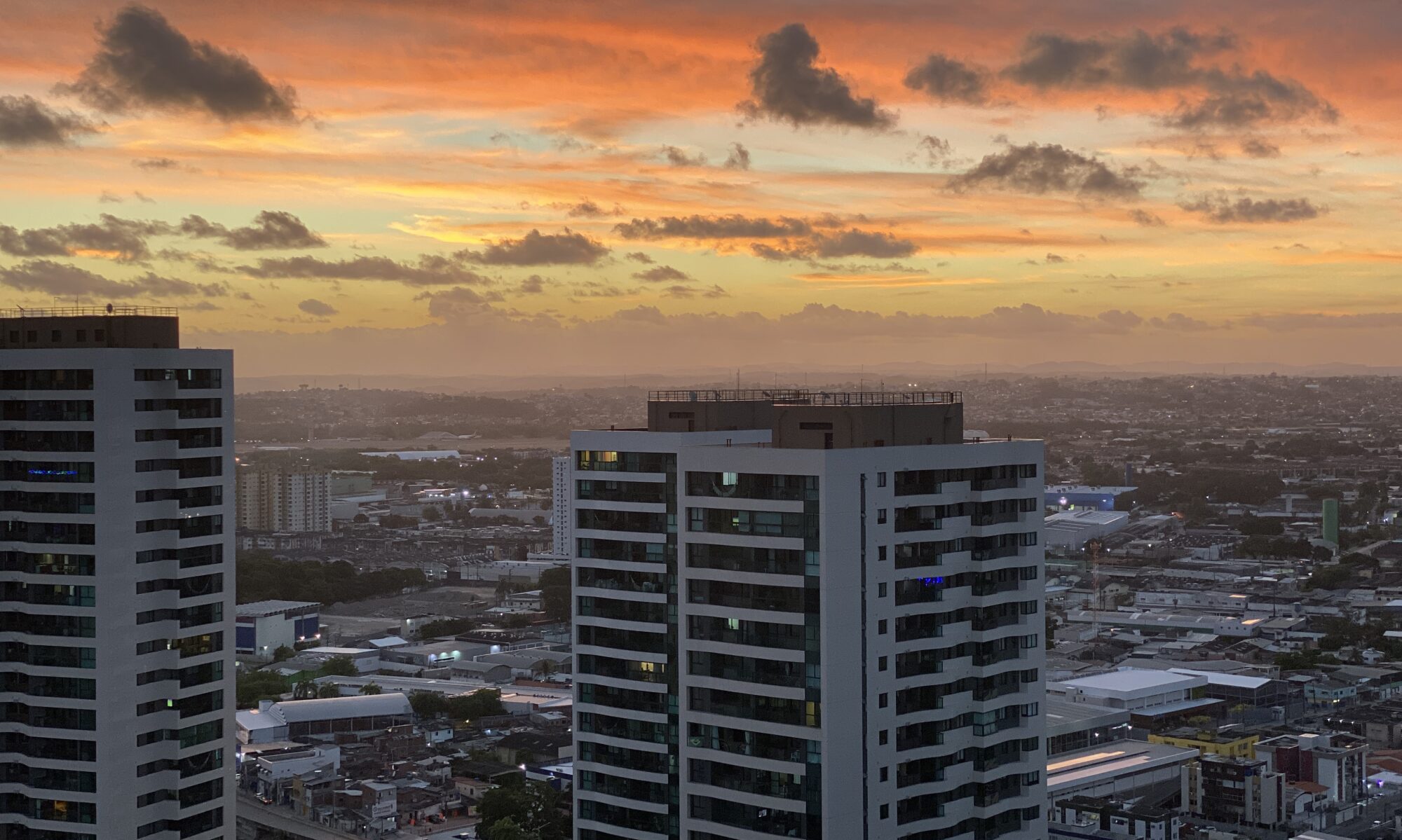Covering 577,214 km2, this is the region with the least area, occupying just 6.75% of the Brazilian territory. Formed by the states of Paraná, santa Catarina and Rio Grande do Sul, it has a sub-tropical climate, except in the northern region of the state of Paraná, where a tropical climate predominates. It is characterized by experiencing a range of temperatures in the different areas it comprises.
The regions with the highest plateaux have low temperatures and occasional snow showers, whilst the plains of the Pampas, further south, enjoy higher temperatures. The vegetation also changes according to this temperature variation and in the coldest places there is a predominance of pine forest whilst on the Pampas there are grassy fields. There is also major hydroelectric potential in this region with particular reference to the station at Itaipu, on the River Paraná, on the border with Paraguay.
The population consists of 23,516,730 inhabitants, representing 14.95% of the population of Brazil, with an average life expectancy of 68.68 years which is the highest in the country. The demographic density is 40.74 inhabitants per km2 and 74.1% of the population lives in urban areas. The region retains clear evidence of the influence exerted by German, Italian and Azorean immigration.
Initially based on cattle-rearing, the economy of the South has developed a significant industrial base over recent decades, with industries established in the cities of Porto Alegre, capital of the state of Rio Grande do Sul, and Curitiba, capital of the state of Paraná. Agricultural production makes use of modern cultivation techniques, in particular for wheat, soya, rice, maize, beans and tobacco which are some of the main crops marketed. In terms of cattle-breeding there are herds of European breeds such as Hereford and Charolais.
Pig-breeding is carried on in the west of the state of Santa Catarina and in the state of Paraná. In the latter, timber extraction is also widely practiced. The state of Santa Catarina contains coal reserves and meat-processing industries which produce not only for the domestic market but also for export.


